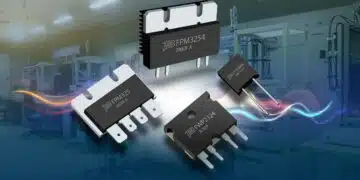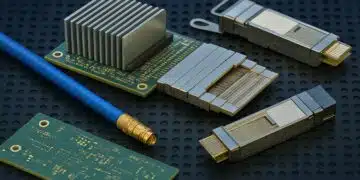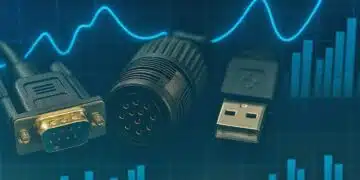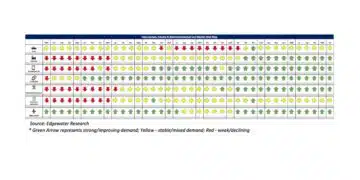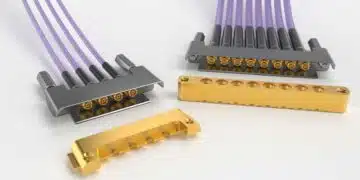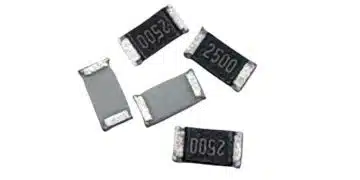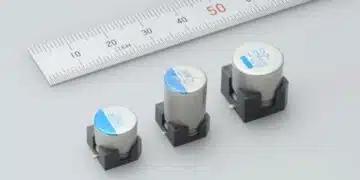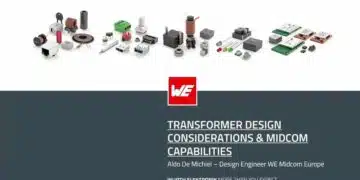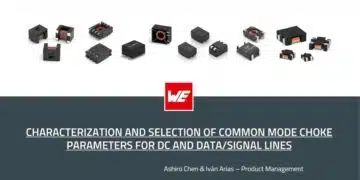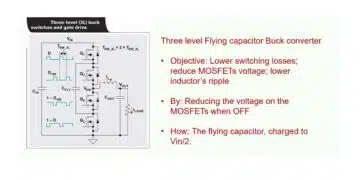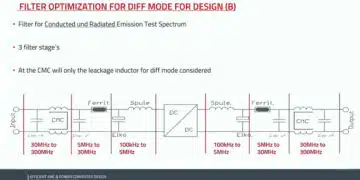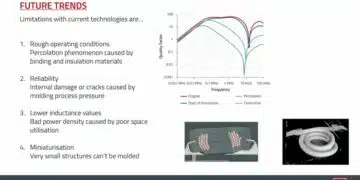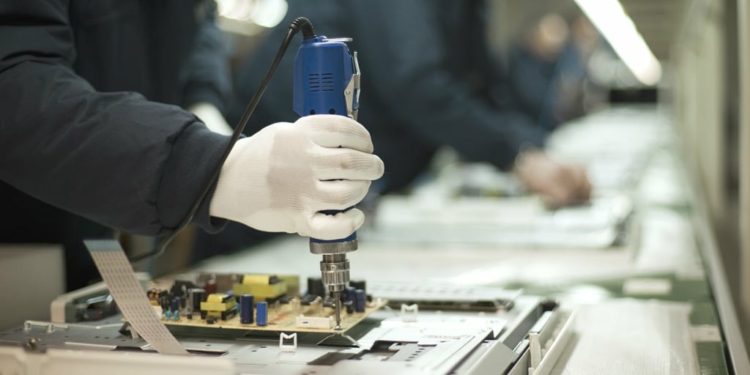Source: Electronic Design news
by Duane Benson Chief Technology Champion at Screaming Circuits.
Component shortages got you down? Here are five tactics you can employ to help the situation.
Every few years in the electronics industry, the dreaded word “allocation” rears its head. It’s doing it again, but with even more gusto than usual. As a manufacturer, components tend to be important—we can’t build anything without them, so we pay pretty close attention. Our components suppliers are telling us that this is the most extreme shortage period in recent memory. We’re told that this is spearheaded by automobile electronics and Internet of Things (IoT) devices.
Hardest hit are multilayer ceramic capacitors (MLCCs). Resistors and many silicon components are also caught up in it. Some components are expected to be in short supply until the year 2020.
Not only is it difficult to find components, we’re being told that the way they’re built is going to change. Larger package sizes may go away and never come back. We may be saying goodbye to 0603 and larger surface-mount packages for many component values. If you can fit an 0805, an 0402 can also go in the same place. However, the reverse may not be true, and when fab capacity is short, why build both?
There’s a very serious components shortage in the world of electronics design.
Continue reading for five ways you can minimize the disruption to your design and manufacturing program.
1. Check your components for availability more than once, and again as the last thing before getting your boards assembled.
It’s fairly standard design practice to select components in the early part of the design phase, or add them in as you go. At the very least, you all of them to be selected before layout. In normal times, that’s usually not much of an issue, but these aren’t normal times.
We can get a preliminary quote for bill of materials (BOM) on Monday and subsequently find some of the parts to be out of stock by the time we order on Tuesday. If you selected those capacitors in June and are now ordering them in August, it’s almost a guarantee that several of them will be out of stock. The last thing you should do before sending your design files off to your assembly house is to go back through your BOM and make sure that all of the parts are available.
If you’re getting quick-turn prototypes built, this is super-critical. Each time a part is out of stock, the prototype supplier will have to get in touch with you, and that’s a delay you may not be able to afford.
2. Pick a few alternates before sending in your files.
Even better than just making sure that your parts are available, you can put some approved alternates in your BOM. If, when you make that last BOM check, any of the parts even remotely look like they might go out of stock, put an alternate part number or two in the BOM. That way your job won’t be delayed while waiting for a substitution approval.
In the case of Screaming Circuits, we like to see the alternates on the same line as the original in your BOM spreadsheet, off to the right. Double check with your assembly house to make sure you put the alternates someplace they will find them.
3. Be flexible with the component values, if you can.
Sometimes you absolutely need a 0.01-µF, 6.3-V 10% X7R capacitor. If that’s the case, specify that part and make sure you can find it. However, a lot of times, a 10-V or 16-V, or a 5% or 20% part, would work just as well. You may even have a design where 0.022 µF would work, too. If the exact value doesn’t matter, let your supplier know. That may be the difference between on time and frustratingly late.
4. For the long term, consider a minor redesign.
A number of our components vendors have told us that larger packages will be in the shortest supply and will be the last to come back in stock. Over time, some of the larger form factors will likely be phased out. Get ready for that future by standardizing on 0402-size passive components.
This advice also holds for chips. Many new components, especially power and RF components, are only being made in small micro BGA or QFN packages. Those small parts can be a bit scary, but eventually you may not have a choice. You may as well start using them now.
5. If your manufacturing partner tries to contact you, respond as fast as possible.
You don’t want your assembly house guessing and you don’t want to add extra days into the build schedule. It’s a rough time right now with components, so be ready to jump in and give the information needed to keep your job running. If the shop runs overnight, be willing to take a call in the middle of the night. Let them know that you’ll be available and give them a cell-phone number.
It’s no fun to get a call at 3:00 am, but it’s less fun to add a day to your build time when a quick answer would have kept things moving along.
Us in the manufacturing world can’t make these component shortages go away, but by working together, engineers and assemblers can keep the disruption to a minimum. We want nothing more than to see working boards in your hands when you need them.


